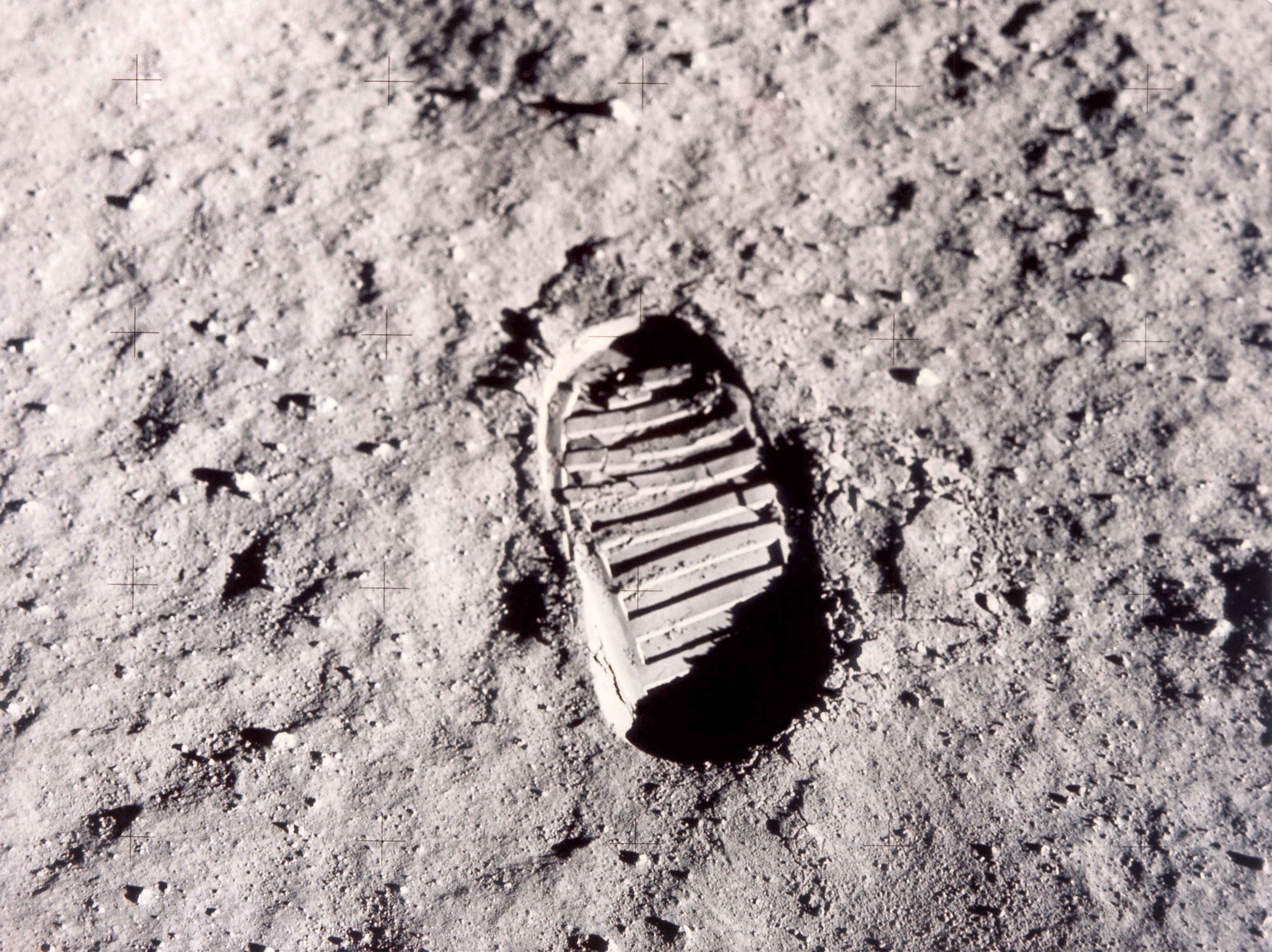Create a free profile to get unlimited access to exclusive videos, sweepstakes, and more!
NASA wants to go check out the poop the Apollo missions left on the moon

Who knew space can be such a dirty business? Revisiting an afterthought now 50 years nearly forgotten, NASA reportedly wants to retrieve and take a peek inside the 96 bags of poop and other organic waste that astronauts left behind on their six manned missions to the moon.
Why would science be interested in astro-feces that’s been languishing in the moon’s cruelly harsh environment for five decades? Precisely because it’s been languishing for that long, according to a new and extremely detailed report at Vox.
The goal in retrieving all that human waste, explains the report, is to get a sense of how resilient life might be “in the face of the brutal environment of the moon…And for that matter, if microbes can survive on the moon, can they survive interstellar travel, making them capable of seeding life across the universe, including on places like Mars?”
Even a giant leap for mankind doesn’t wait when nature calls, so NASA outfitted its lunar astronauts with high-concept space diapers for their time on the surface — as well as comedically uncomfortable-sounding (but highly efficient) taped-on fecal collection contraptions for the in-flight portion of the trip. That poop, along with “urine, food waste, vomit, and other waste,” the report states, was tossed out the window in white jettison (or just “jett”) bags, where they still remain on the lunar surface today.
No one’s approaching the poop initiative with much confidence that there’s anything’s alive in there. As University of Florida scientist Andrew Schuerger told Vox, survival, after all this time, is highly improbable — “But it’s the highest probability [out] of anything that landed on the moon.”
Whether at the fringe of undersea thermal vents on in the deep arctic ice, microbes can endure a lot here on Earth — and we don’t really know their limits yet. The moon poop may come in handy in helping researchers learn more about what those limits are.
Down here, some bacteria can enter a dormant, spore state that allows them to pass the decades (and much longer) completely inactive, before friendlier environmental conditions come along to “wake” them up. Others are just downright hardy, and can even propagate new generations of germs in the harshest of settings — so long as there’s something for them all to eat.
Plus, there’s at least a sliver of precedent for the whole idea: “On the Apollo 16 mission,” reports Vox, “the astronauts performed an experiment where they kept a sample of nine species of microbes on the outside of the spacecraft, exposing them to the harshest conditions in space. Many of them survived (though a few days in space is not the same as 50 years in space).”
Beyond NASA’s late-2020s goal, there’s no firm timeline for our return trip to the moon — so of course, there’s likewise no solid plan (yet) on how to get Neil Armstrong’s poop back. But all the nasty stuff that went into those jett bags 50 years ago is still there, just waiting to be recovered and studied — and before we go to Mars, there’s a good chance it finally will be.


























